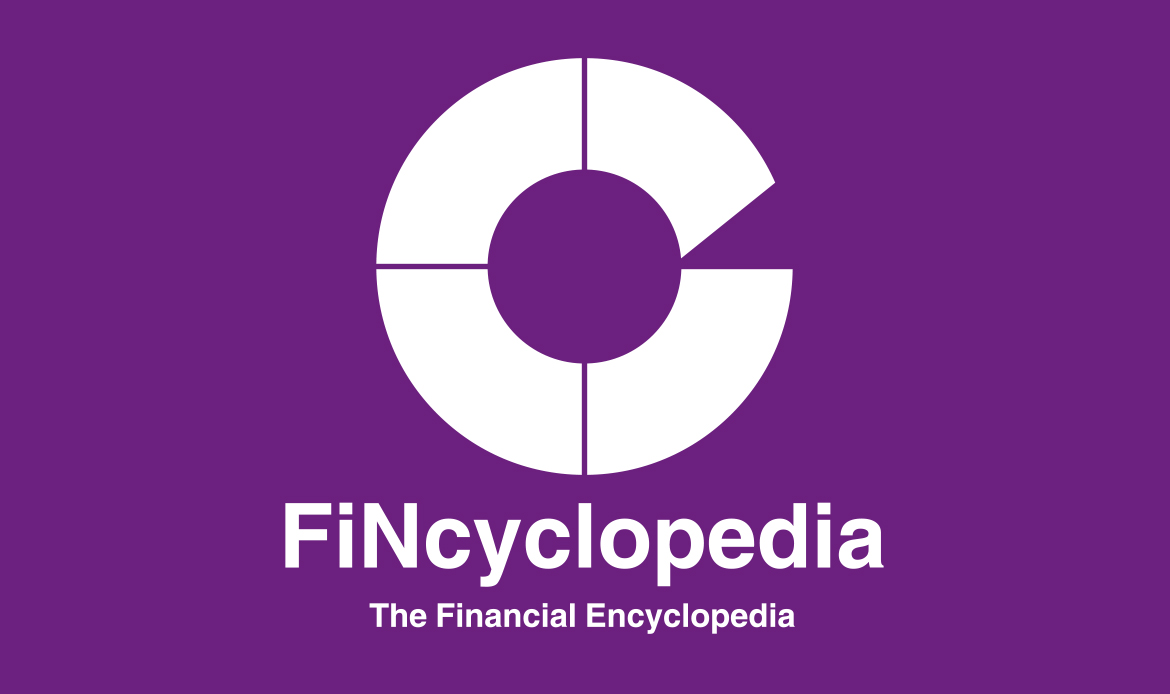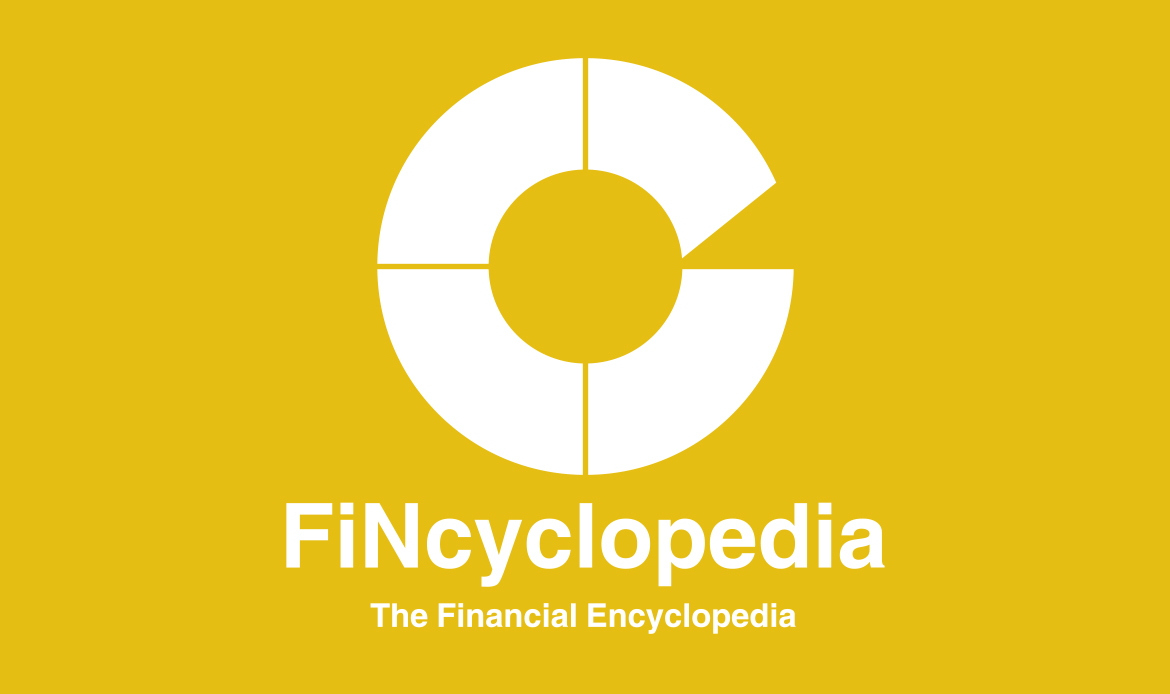The high-water mark (HWM) is an industry standard that is used to determine payment of performance fees (to a hedge fund‘s management). It helps limit excessive profit taking by the management: entitlement to the performance fee is contingent on recouping all losses incurred by investors. In other words, the standard will ensure that managers do not take performance fees, more than once, on the same of amount of gains made by the fund. A high-water mark constitutes the highest level reached by the fund since inception and is applied on an ongoing basis with a prospective view. The fund’s management is required to bring the fund’s account back to the high-water mark before its entitlement to a performance fee is established.
On the other hand, a clawback provision (claw-back provision) is a contractual provision that come into effect at the time of liquidation and winding-up of a fund. It maintains that a general partner (GP) return a portion of distributions of carried interest earlier paid out. In other words, it adjusts abnormalities in compensation to this type of partners. The amounts to be returned to the fund are figured out using a carried interest formula and the fund’s cumulative performance. The resulting amounts will then be distributed to limited partners (LPs).
In theory, both high-water mark and clawback provision are quite similar. However, the latter is relevant to some hedge fund contracts and private equity funds. Both are employed to ascertain that the fund’s management is not overcompensated for the same gains or for underperformance. Differences between the two concepts are summarized in the following:
- High-water mark is prospective (forward looking) while clawback is retrospective (backward looking).
- High-water mark is applied on an ongoing forward basis, while clawback is applied at some point in time.
- High-water marks are an industry standard, but clawback provisions are not.
- High-water marks aim to limit excessive profit-taking by the fund’s manager, while clawback provisions are designed to mitigate risk-taking.




